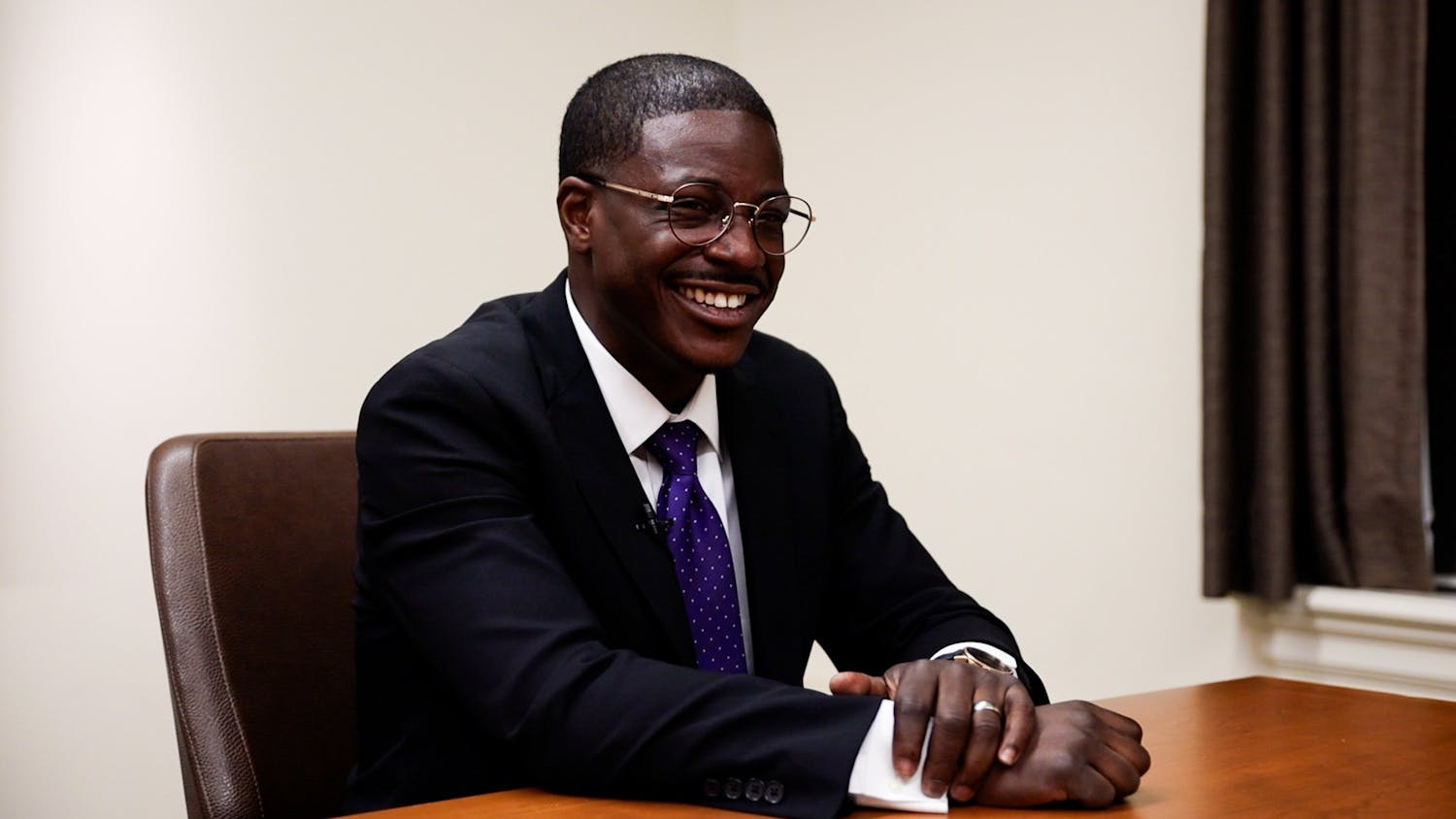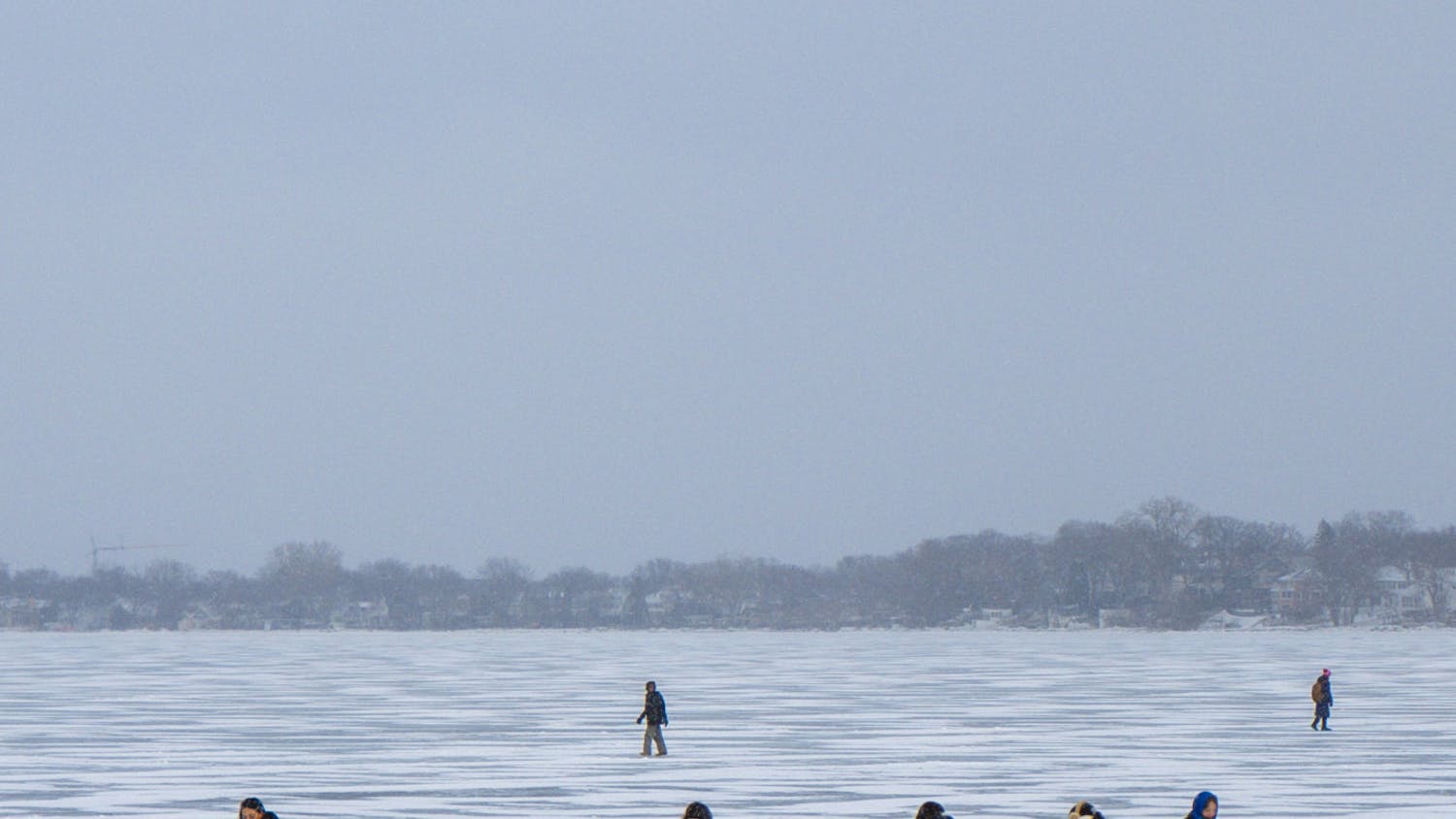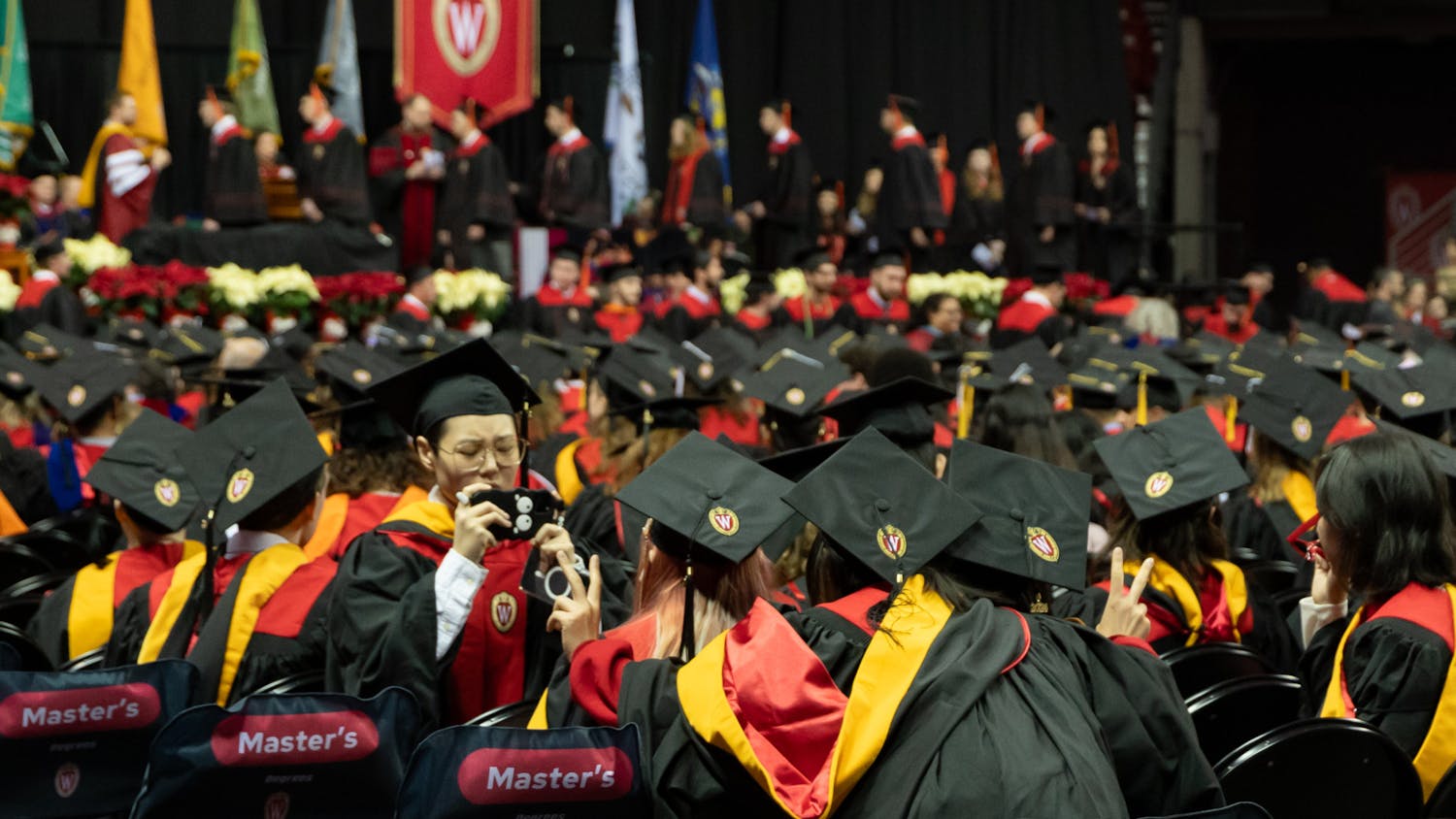Dangerously cold temperatures of minus 35—with the wind chill factor included—were enough to force the closing of most Wisconsin high schools and colleges yesterday, but they were not cold enough to close UW-Madison.
UW-Madison spokesperson John Lucas said the decision to keep the university open was not a popular one. Still, he said the university closes on a case-by-case basis. According to Lucas, the university determines a cancellation based on the following criteria: students' ability to stay warm with appropriate attire, make use of the campus bus systems and get to campus safely.
""Obviously it's not real popular,"" Lucas said. ""I think if you saw temperatures drop more precipitously it would probably be closer to the threshold where they evaluate and think about canceling ... where [the temperature was Sunday night], it doesn't seem like it's to that point yet.""
UW-Madison sophomore Adam Slavens said the unbearable temperatures should have been reason enough to cancel. Slavens disagreed with Lucas's comments and said that when it is this cold, everyone wants to catch the bus and ""it's nearly impossible"" to find room on one.
""I don't think the buses could service 40,000 students, and the 80 [bus] has a very restricted route,"" Slavens said. ""They're putting kids at risk and it's unnecessary.""
Aside from Madison schools, much of the city worked through the frigid temperatures. Lucas said UW-Madison is no exception and people need to remember that losing a day of class can throw off syllabi.
""Every once in a while we get a reminder that we live and work in Wisconsin,"" Lucas said.
Professor Jon Martin, chair of the Meteorology Department at UW-Madison, said this is always the coldest week of the year because it falls precisely in the middle of winter—six weeks before spring and six weeks after the beginning of winter.
""This is the deadliest and coldest part of the winter,"" Martin said.
He speculated that temperatures would probably have to fall even lower than where they are now to get the university to close.
""I would bet that you'd have to have life-threatening conditions outside, not just dangerous ones,"" Martin said. ""In which case, the temperature would have to get near [minus] 30 with wind temperatures near minus 60.""
According to WKOW Channel 27 chief meteorologist Bob Lindmeier, the bitter cold is going to be around until next week, when temperatures are forecasted to return to the 20s. With wind chills routinely hitting between minus 15 and minus 30 the last few days, Lindmeier said this is one of the coldest spells in the past decade and going outside is somewhat dangerous if one is not properly attired.
""Exposed skin, when the wind chill is 15 to 30 below, will see signs of frostbite, literally, within minutes,"" Lindmeier said.





